Understanding how a thermonuclear flame spreads across the surface of a neutron star—and what that spreading can tell us about the relationship between the neutron star’s mass and its radius—can also reveal a lot about the star’s composition.
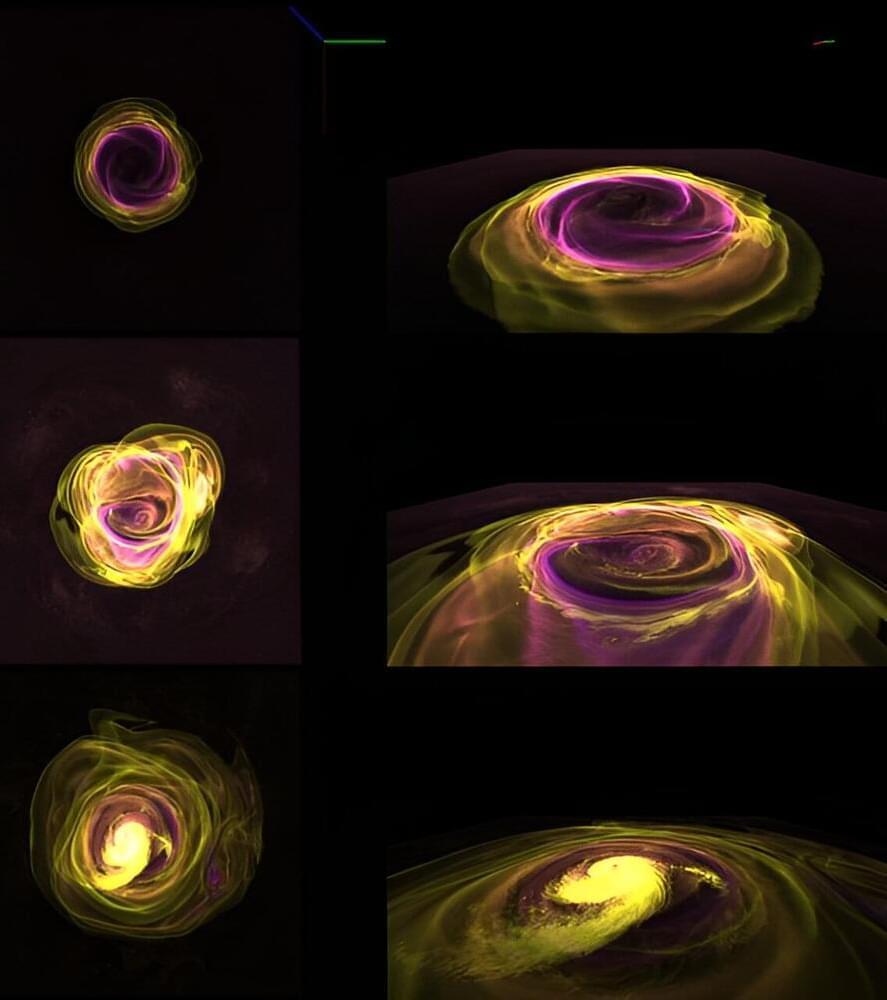

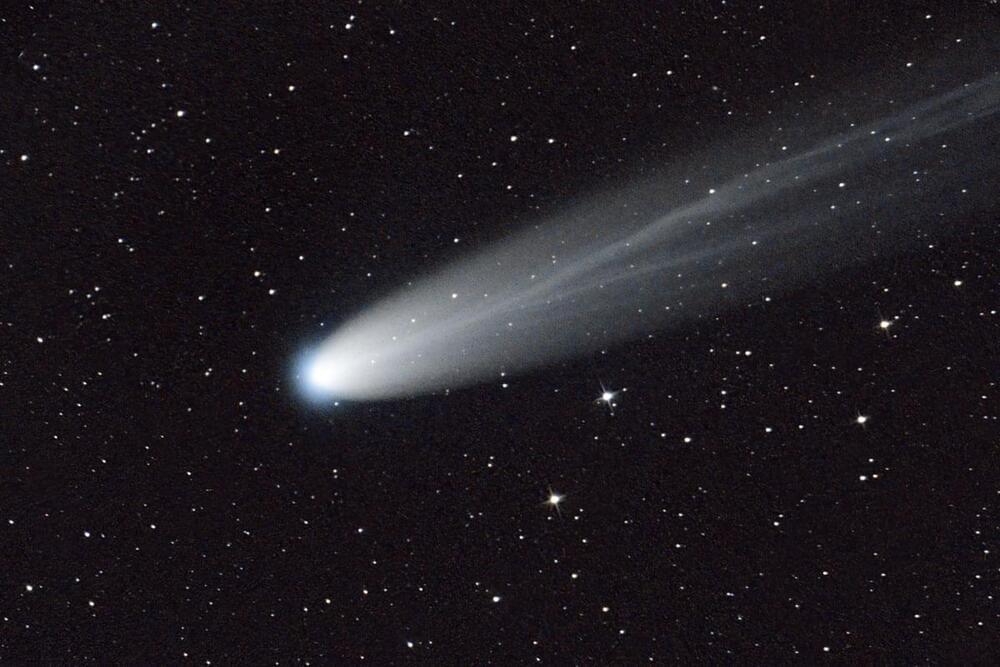
As we speak, the comet 12P/Pons-Brooks (Pons-Brooks, for short) is making its way around the inner region of the Solar System for the first time in more than 70 years – and might soon become visible to the naked eye.
At approximately 30 kilometres (19 miles) across, this giant icy lump is comparable in size to Mount Everest, says astrophysicist Dr Paul Strøm, and is “one of the brightest known periodic comets”
A Halley-type comet, Pons-Brooks completes its journey around the Sun every 71.3 years and was last spotted in our skies in 1954.
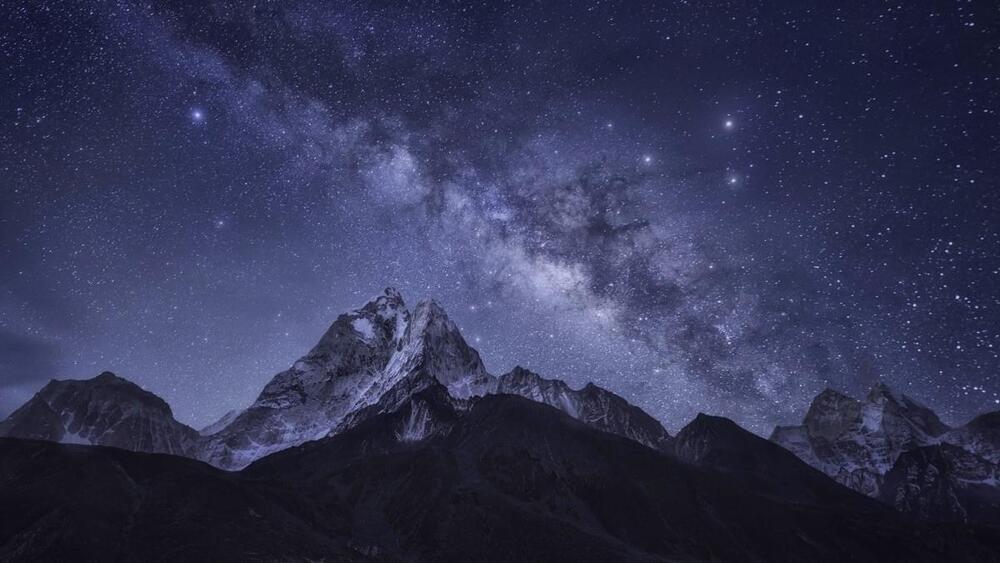
Khyati Malhan of the Max Planck Institute for Astronomy (MPIA) in Heidelberg, Germany, who spearheaded the research, expressed astonishment at the ability to detect these ancient structures.
“The Milky Way has undergone profound changes since these stars were born. The fact that we can still recognize them as a group is truly amazing and a testament to the unprecedented data provided by Gaia,” Malhan stated.
The discovery was made possible through Gaia’s observations, which allowed researchers to determine the orbits, content, and composition of individual stars within the Milky Way. “Upon visualising the orbits of these stars, two new structures emerged, distinguished by their unique chemical composition. We named them Shakti and Shiva,” added Malhan.
A team of roboticists at California Institute of Technology’s Jet Propulsion Laboratory, working with a colleague from Carnegie Mellon University’s, Robotic Institute, has developed a snake-like robot to investigate the terrain on Enceladus, Saturn’s sixth-largest moon.
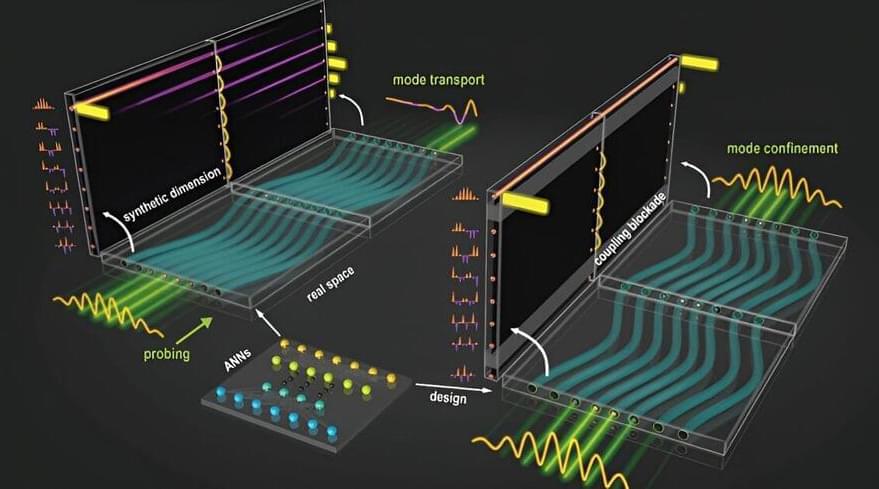
In the realm of physics, synthetic dimensions (SDs) have emerged as one of the frontiers of active research, offering a pathway to explore phenomena in higher-dimensional spaces, beyond our conventional 3D geometrical space. The concept has garnered significant attention, especially in topological photonics, due to its potential to unlock rich physics inaccessible in traditional dimensions.

As the solar system’s planets rove around the sun, sometimes a few will appear to line up in the sky. But have all eight planets ever truly aligned?
The answer depends on how generous you are with the definition of “align” for the solar system’s planets: Mercury, Venus, Earth, Mars, Jupiter, Saturn, Uranus and Neptune.
Private space company Sierra Space has blown up its first full-scale inflatable space habitat, dubbed the Large Integrated Flexible Environment (LIFE) — and it was all part of the plan.
The balloon-like contraption, which measured just over 20 feet tall, held a third of the volume of the International Space Station once fully inflated. During a recent test, engineers at the Colorado-based company kept pumping it with air, reaching a whopping 77 psi — well above NASA’s recommended level of 60.8 psi — before it exploded in spectacular fashion.
A video of the test shows the habitat quite literally bursting at its seams in a fraction of a second, successfully concluding the company’s “first stress test of a full-size, inflatable space station structure.”
PBS Member Stations rely on viewers like you. To support your local station, go to: http://to.pbs.org/DonateSPACE
Sign Up on Patreon to get access to the Space Time Discord!
/ pbsspacetime.
EMPs aren’t science fiction. Real militaries are experimenting on real EMP generators, and as Starfish Prime showed us, space nukes can send powerful EMPs to the surface. So what exactly is an EMP, and how dangerous are they?
Check out the Space Time Merch Store.
https://www.pbsspacetime.com/shop.
Sign up for the mailing list to get episode notifications and hear special announcements!
https://mailchi.mp/1a6eb8f2717d/space…
Search the Entire Space Time Library Here: https://search.pbsspacetime.com/
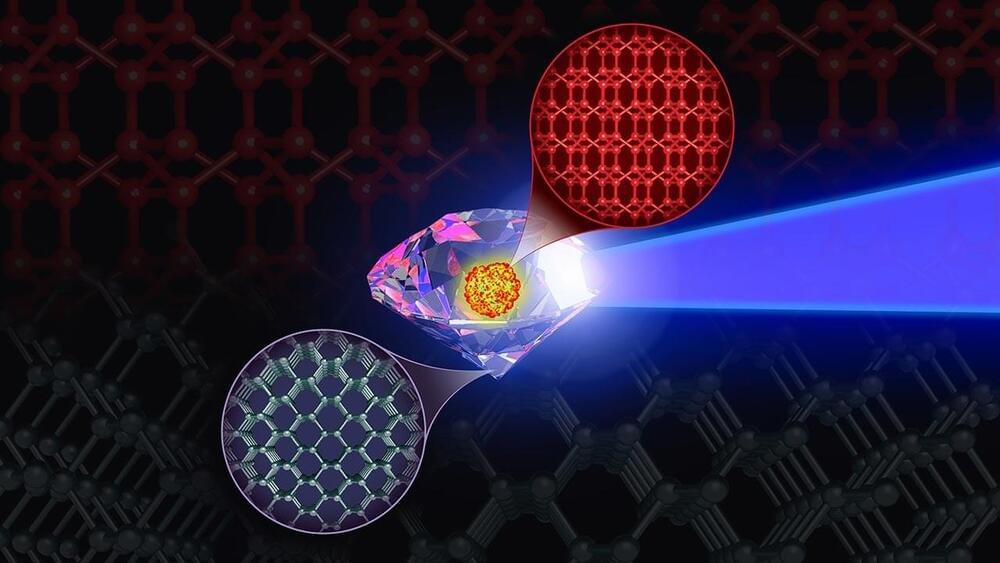
Researchers are on a quest to synthesize BC8, a carbon structure predicted to be tougher than diamond, using insights from advanced simulations and experimental efforts. This material, theoretically prevalent in the extreme pressures of exoplanets, remains a scientific mystery with promising applications in materials science.
Diamond is the strongest material known. However, another form of carbon has been predicted to be even tougher than diamond. The challenge is how to create it on Earth.
The eight-atom body-centered cubic (BC8) crystal is a distinct carbon phase: not diamond, but very similar. BC8 is predicted to be a stronger material, exhibiting a 30% greater resistance to compression than diamond. It is believed to be found in the center of carbon-rich exoplanets. If BC8 could be recovered under ambient conditions, it could be classified as a super-diamond.
